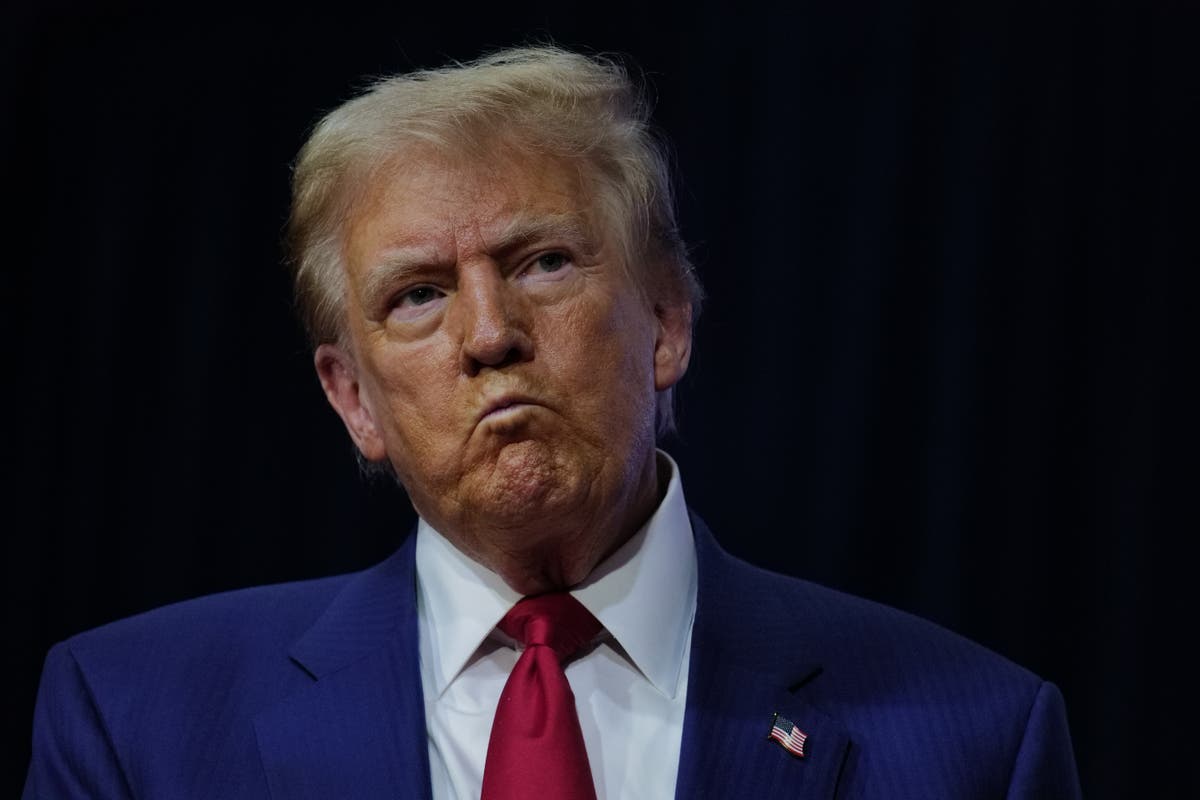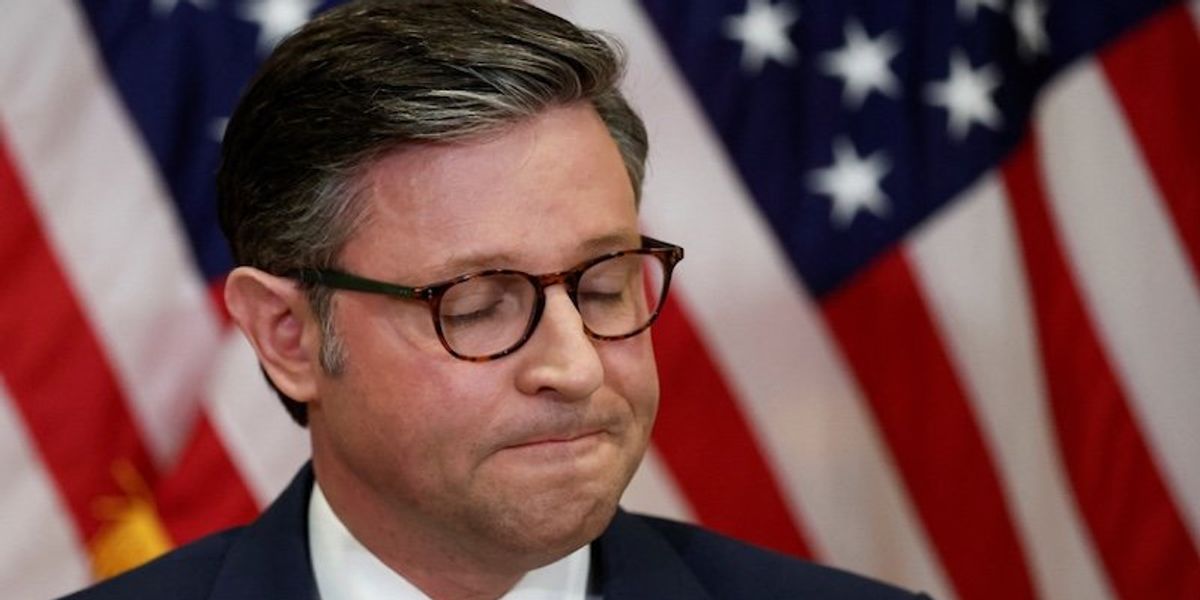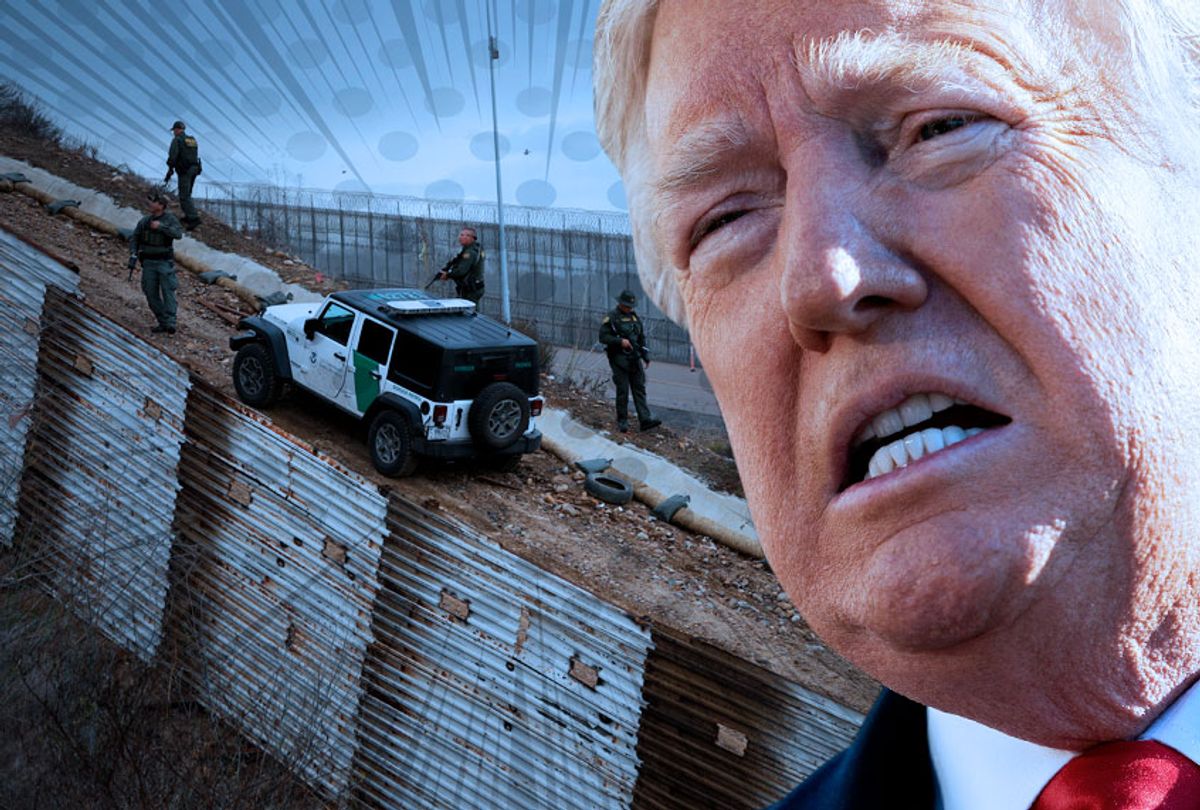
President Trump’s wall is inimical to America’s philosophic empire
SalonLong before President Donald Trump, there was another American love affair with China’s Great Wall. While some argued for carrying the war to the enemy in the disputed area between New France territory in Canada and the colonies of British America, supporters of Governor Morris and Franklin advocated a defensive strategy with forts that “were connected by a wall like that of China.” After initially building Fort Allen, Franklin supervised the construction of three other fortifications—Forts Franklin, Hamilton, and Norris — over the Blue Mountains of Pennsylvania between the Delaware and Susquehanna rivers. To galvanize public opinion to unite the colonies and defend against France, Franklin published a now-famous political cartoon in 1754, “Join or Die,” and wrote to support the construction of forts on “the back of our settlements in all our colonies.” In his letter to Franklin in 1776, the Chevalier de Kermorvan, a French engineer in the Continental Army under George Washington, disagreed, arguing that “this work would be as useless here as the great wall of China, which has not preserved this empire from being conquered by the Tartars.” Likewise, General John Kelly, former chief of staff to Trump, had concluded, “If you want to stop illegal immigration, stop U.S. demand for drugs, and expand economic opportunity in Central America.” A two thousand year construction Unlike the American experience, the Great Wall of China was built by laborers with human tragedies over a period of two millennia, beginning roughly with the years of Confucius. The New York Constitution in 1777 adopted that freedom from “spiritual oppression and intolerance wherewith the bigotry and ambition of weak and wicked priest and princes have scourged mankind” and then declared “the free exercise and enjoyment of religious profession and worship, without discrimination or preference, shall forever hereafter be allowed, with this State, to all mankind.” Jefferson’s ideals The polemics of a physical “wall” is still in the public discourse as it has always been with Thomas Jefferson’s original phrase of “a wall of separation between church and state.” The American experiment born out of the Jeffersonian ideal that “all men are created equal” was meant to eventually make the new republic into a great melting pot. Unlike China’s rising and falling empires that have evolved into a civilizational identity, the United States was created by the enlightened men envisioning a “philosophic empire” as a work-in-progress for the posterity to build a “more perfect union.” Ironically, while President Trump continues to advocate a “beautiful” wall, his Chinese counterpart President Xi Jinping has delivered a clear message to the White House that “the wise man builds bridges, the fool builds walls.” Similarly, while visiting Panama last week, Pope Francis also remarked, obliquely referring to Trump that “we know that the father of lies, the devil, prefers a community divided and bickering by building walls, not bridges.” Shining city on a hill In his farewell address, President Ronald Reagan invoked John Winthrop’s famous “Model of Christian Charity” phrase “shining city on a hill” to define authentic Americanism when he said, “if there had to be city walls, the walls had doors, and the doors were open to anyone with the will and the heart to get here.” Surely, the American experience that progressed through the French and Indian War has made this Reaganite idea — elevated from a union of British “colonies” to the united “states” — into a global nation, not a politically opportunistic slogan of “America First” with shameful “isolationism.” As Congress contemplates the very idea of a wall and the cost of another government shutdown, the representatives of the people ought to remember that we are simply an assortment of transitory guardians with diverse faith traditions.
History of this topic

Column: Is ‘pregnable’ a word? If so, that’s what Trump’s border wall is
LA Times
Death, debt, and degradation: Trump’s border wall after four years
The IndependentDonald Trump's border wall is 'desecrating' sacred Indigenous sites, tribal leaders say. Could the US election change this?
ABCDiscover Related







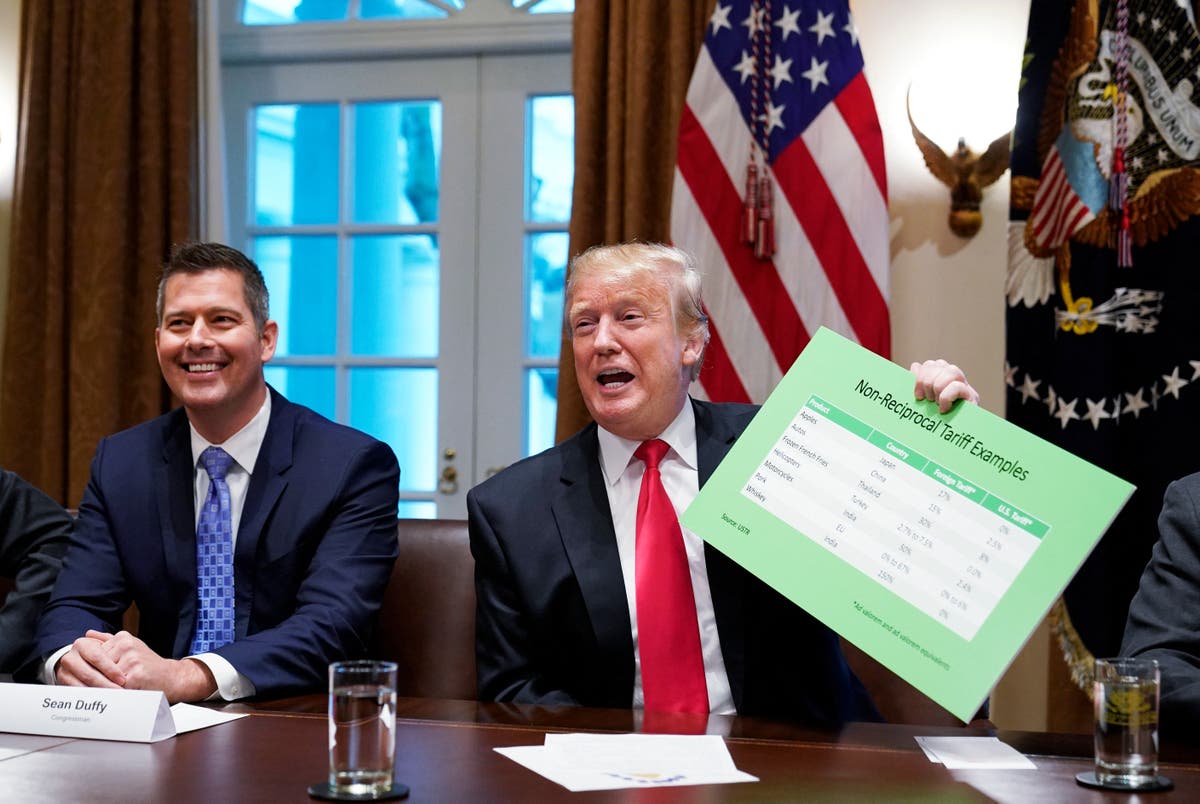
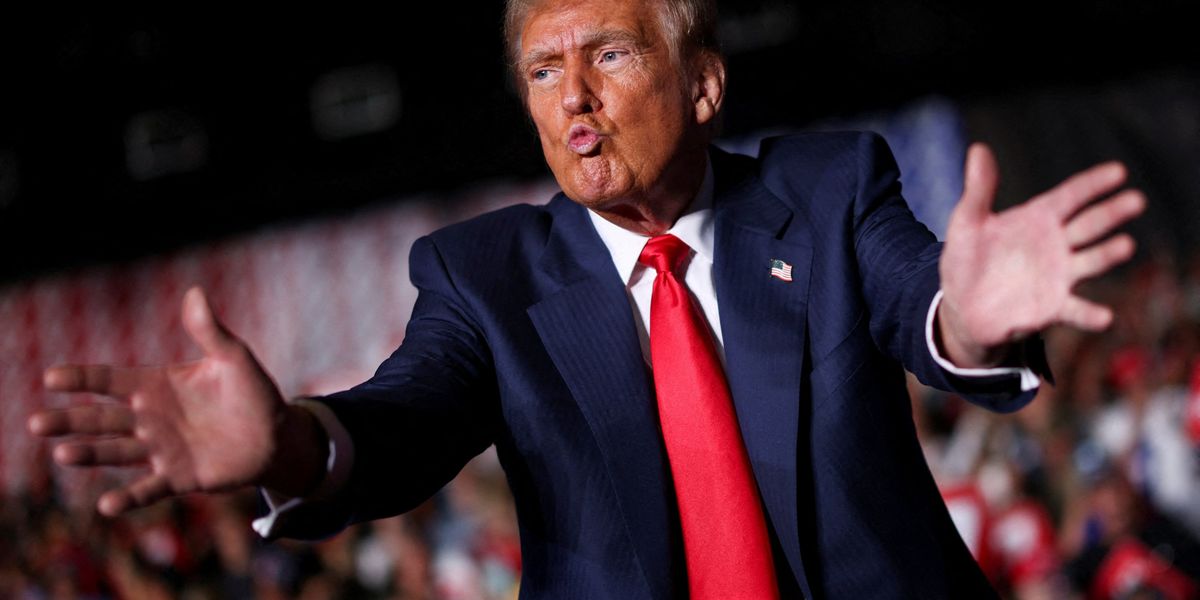




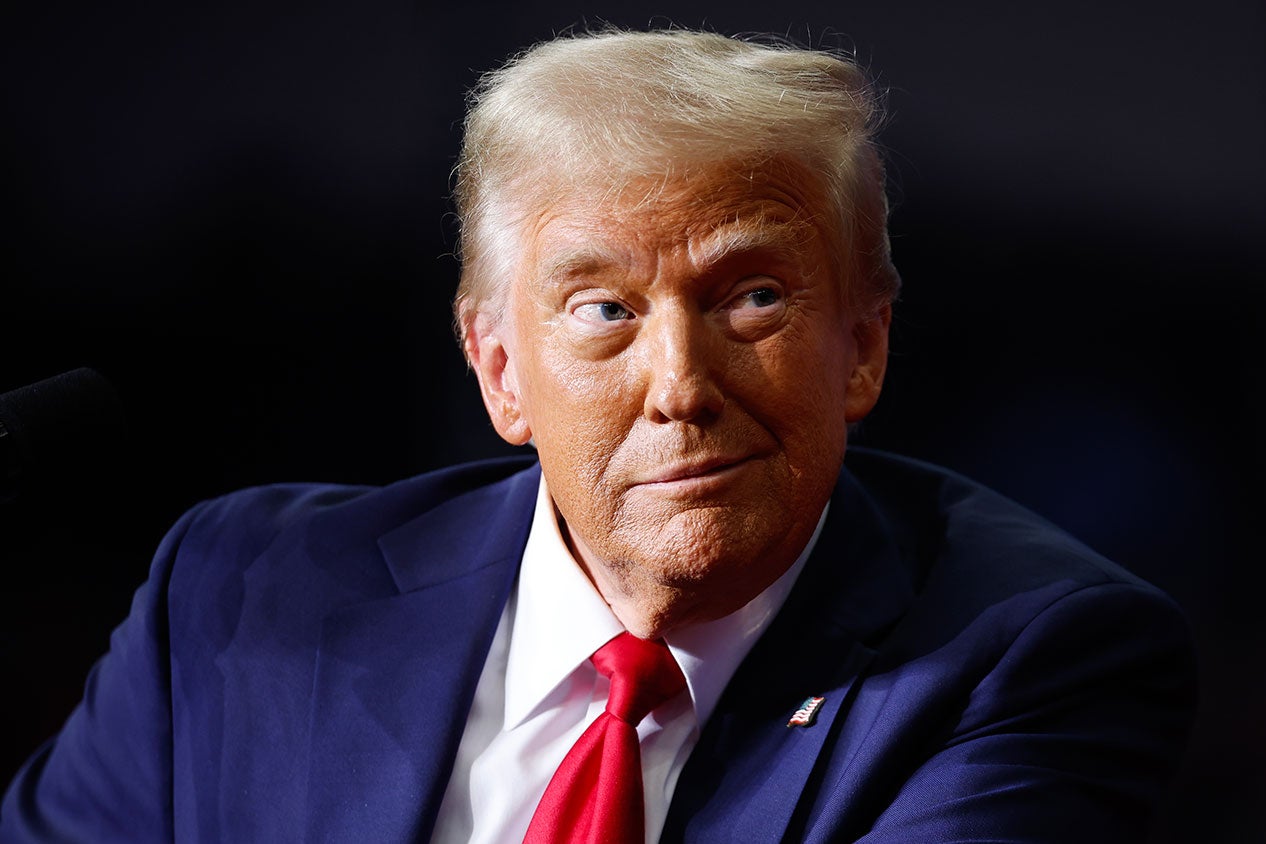
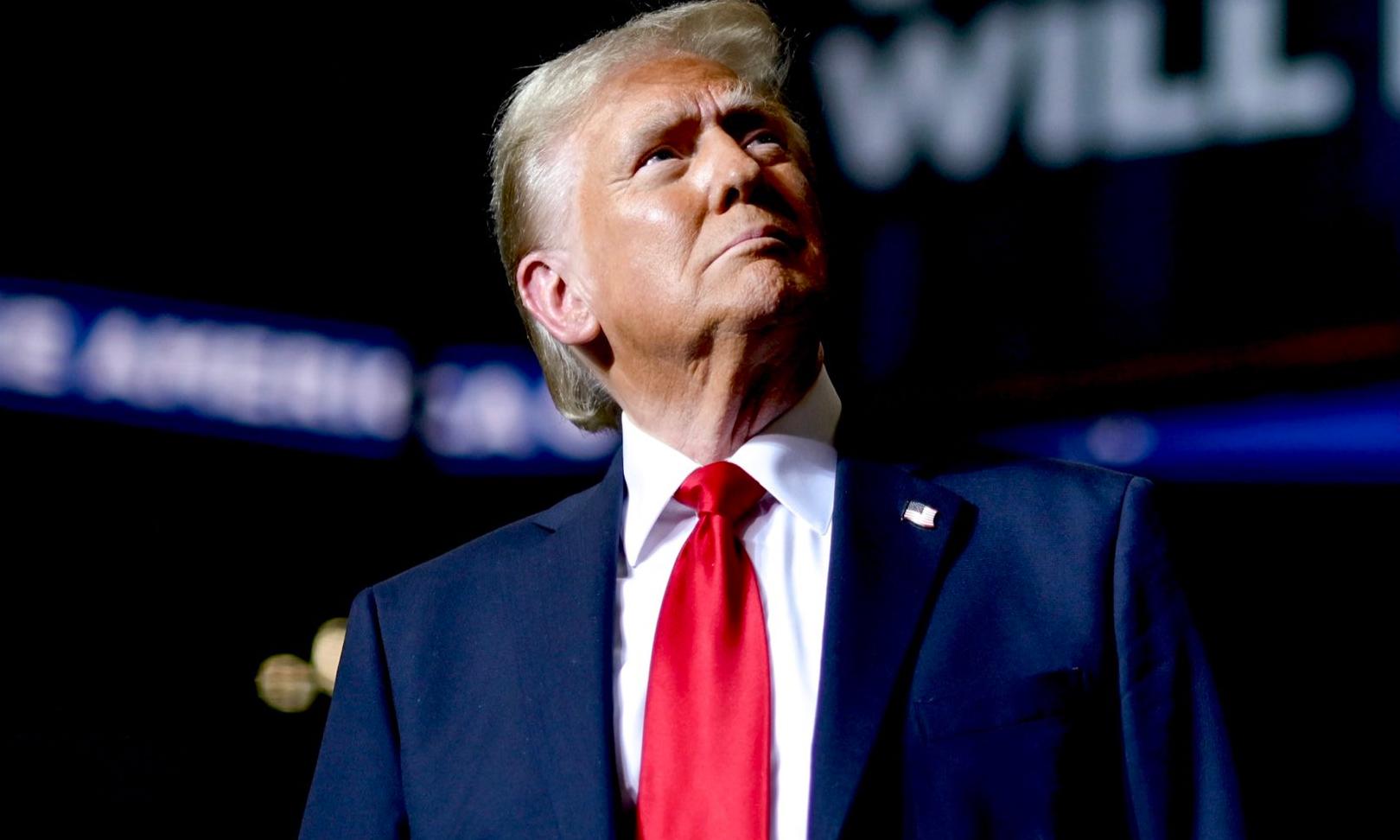

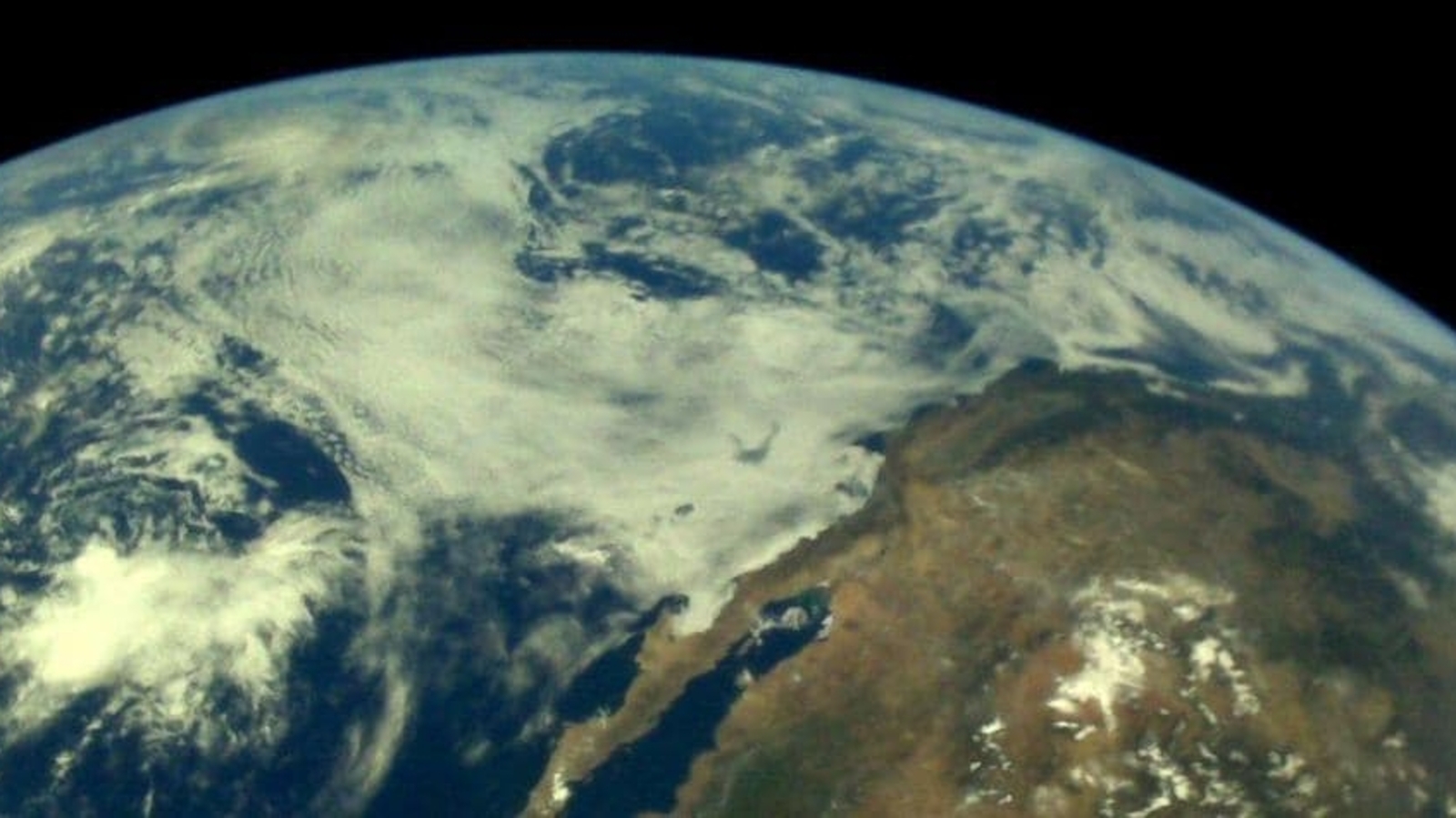

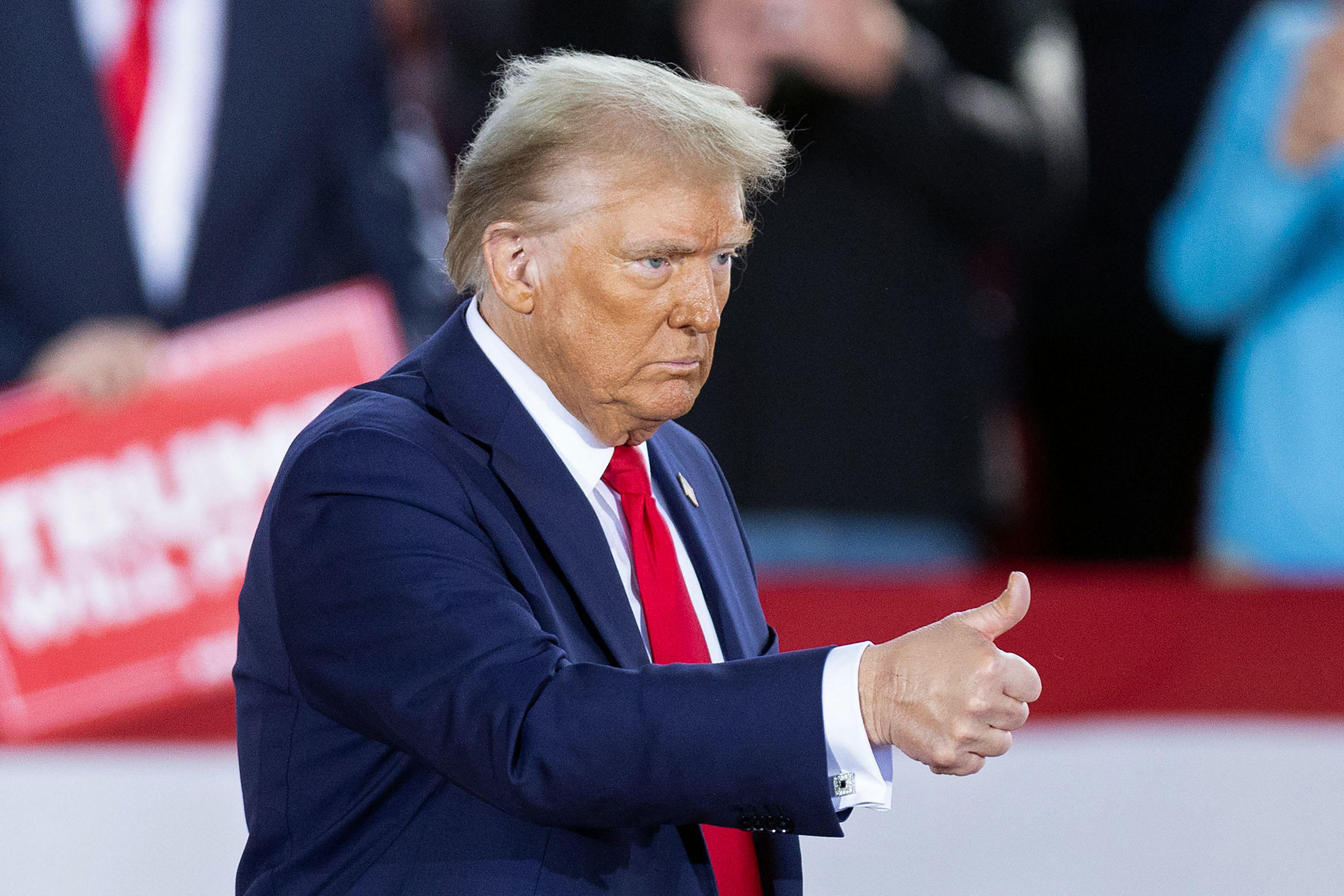

)




)




